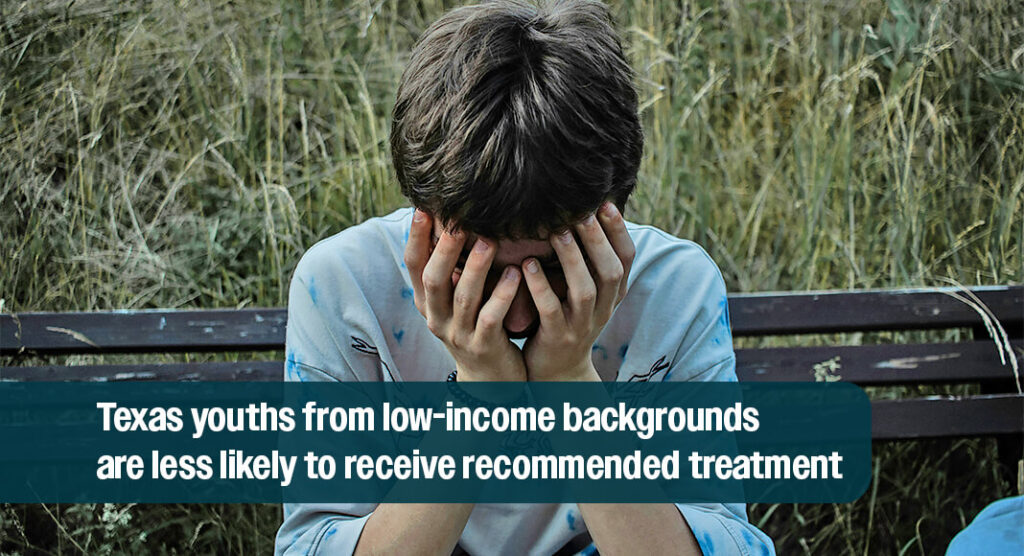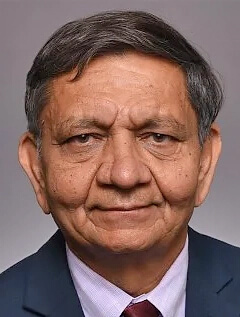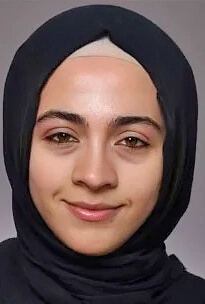
Mega Doctor News
Newswise – DALLAS – Young patients from lower-income households in Texas may not be getting the most effective treatment for severe depression and suicidal thoughts, based on findings from researchers at UT Southwestern Medical Center.
According to the study conducted as part of the Texas Youth Depression and Suicide Research Network (TX-YDSRN) initiative, these patients are much less likely to receive a combination of psychotherapy and medication, which prior research has shown to be more effective than either treatment alone in improving outcomes for youth with moderate to severe depression. The findings were published in Psychiatric Research and Clinical Practice.

“Combination treatment is the recommended option for moderate to severe depression in youth, as it targets both biological and psychological aspects of the disorder,” said senior author Madhukar Trivedi, M.D., Professor of Psychiatry, Chief of the Mood Disorders Division, and founding Director of the Center for Depression Research and Clinical Care (CDRC) at UT Southwestern. “When youth cannot access this treatment, often due to financial or geographic barriers, they may receive care that is less effective, increasing the risk for persistent depression and suicidal behavior.”
The researchers studied patient data collected by the TX-YDSRN for 646 depressed youth ages 8 to 20 from clinical sites across the state, including Children’s Health. Patients were grouped by the treatment they received during their first month of care: no treatment; therapy only; medication only; or a combination of therapy and medication. Sociodemographic and clinical features were compared across these treatment types.
The most common treatment was combination therapy (52.8%), followed by medication only (34.8%). However, young patients who received medication only were more than three times as likely to come from households earning $25,000 or less annually than those from households earning $200,000 or more (20.5% vs. 6.2%). Young patients from higher-earning households were more likely to receive combination therapy (18.3% vs. 9.3%).
“These findings reinforce the importance of integrating both psychotherapy and pharmacotherapy into the treatment of depression in youth based on youth and caregiver preferences. They also highlight the need to remove financial barriers to accessing combination treatment, which could lead to better patient outcomes and reduced suicide risk,” Dr. Trivedi said.

E. Rabia Ayvaci, M.D., Assistant Professor of Psychiatry at UT Southwestern and the study’s first author, said that there were no significant differences in treatment by race or sex and that youth with more severe symptoms were more likely to receive combination treatment.
“The goal is to continue examining treatment access and outcomes longitudinally, which will allow for future evaluation of the effectiveness of different treatment approaches over time,” Dr. Ayvaci said.
Dr. Trivedi said a recent initiative from the CDRC and TX-YDSRN, called Activ8, could play a role in improving access to care across Texas.
“Activ8 is a behavioral activation telehealth program for teens that reduces time, financial, and geographic/transportation barriers to care,” he said. “The initiative aims to improve access to empirically based interventions for teens with depression and increase the number of providers in Texas communities. Activ8 is an example of how we are working to improve youth mental health outcomes by identifying barriers to care and using that knowledge to inform and guide future efforts.”
TX-YDSRN is a state-funded initiative under the Texas Child Mental Health Care Consortium, designed to collect comprehensive, longitudinal clinical data on youth depression and suicide risk and address critical gaps in mental health care for youth in Texas. The network facilitates the development of evidence-based interventions and policy recommendations to improve mental health outcomes. Dr. Trivedi leads the TX-YDSRN, serving as the Scientific Lead, and Lynnel Goodman, Ph.D., Assistant Professor of Psychiatry, is Director of the UTSW Hub.
Other UTSW researchers who contributed to the study are Karabi Nandy, Ph.D., Associate Professor in the Peter O’Donnell Jr. School of Public Health and of Psychiatry; Laura Stone, M.D., Associate Professor of Psychiatry; Abu Minhajuddin, Ph.D., Professor in the O’Donnell School of Public Health and of Psychiatry; Graham J. Emslie, M.D., Professor of Psychiatry and Pediatrics; and Ryan Becker, B.S., Clinical Research Assistant.
Dr. Trivedi, an Investigator in the Peter O’Donnell Jr. Brain Institute, holds the Betty Jo Hay Distinguished Chair in Mental Health and the Julie K. Hersh Chair for Depression Research and Clinical Care.
About UT Southwestern Medical Center
UT Southwestern, one of the nation’s premier academic medical centers, integrates pioneering biomedical research with exceptional clinical care and education. The institution’s faculty members have received six Nobel Prizes and include 25 members of the National Academy of Sciences, 23 members of the National Academy of Medicine, and 14 Howard Hughes Medical Institute Investigators. The full-time faculty of more than 3,200 is responsible for groundbreaking medical advances and is committed to translating science-driven research quickly to new clinical treatments. UT Southwestern physicians provide care in more than 80 specialties to more than 140,000 hospitalized patients, more than 360,000 emergency room cases, and oversee nearly 5.1 million outpatient visits a year.









